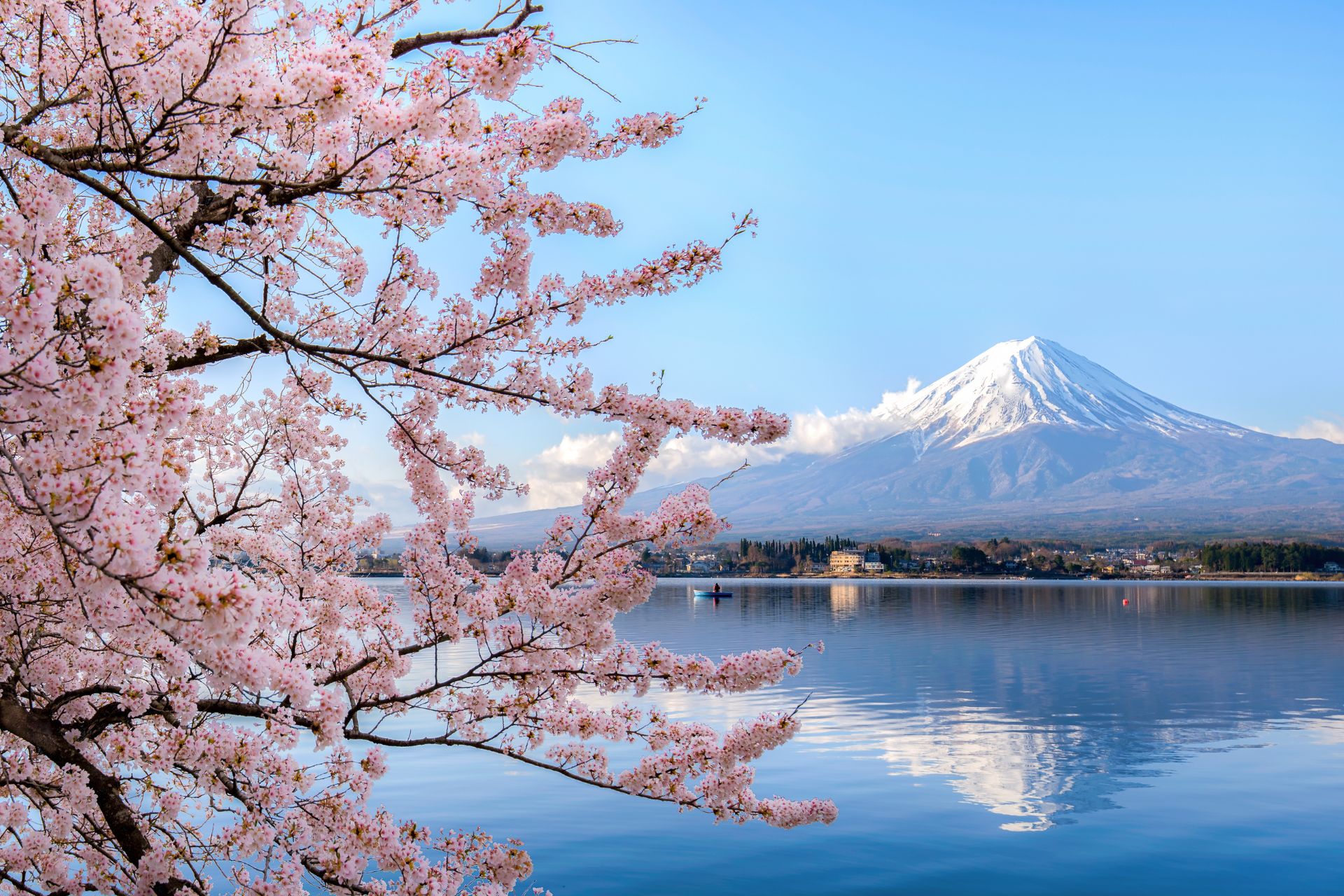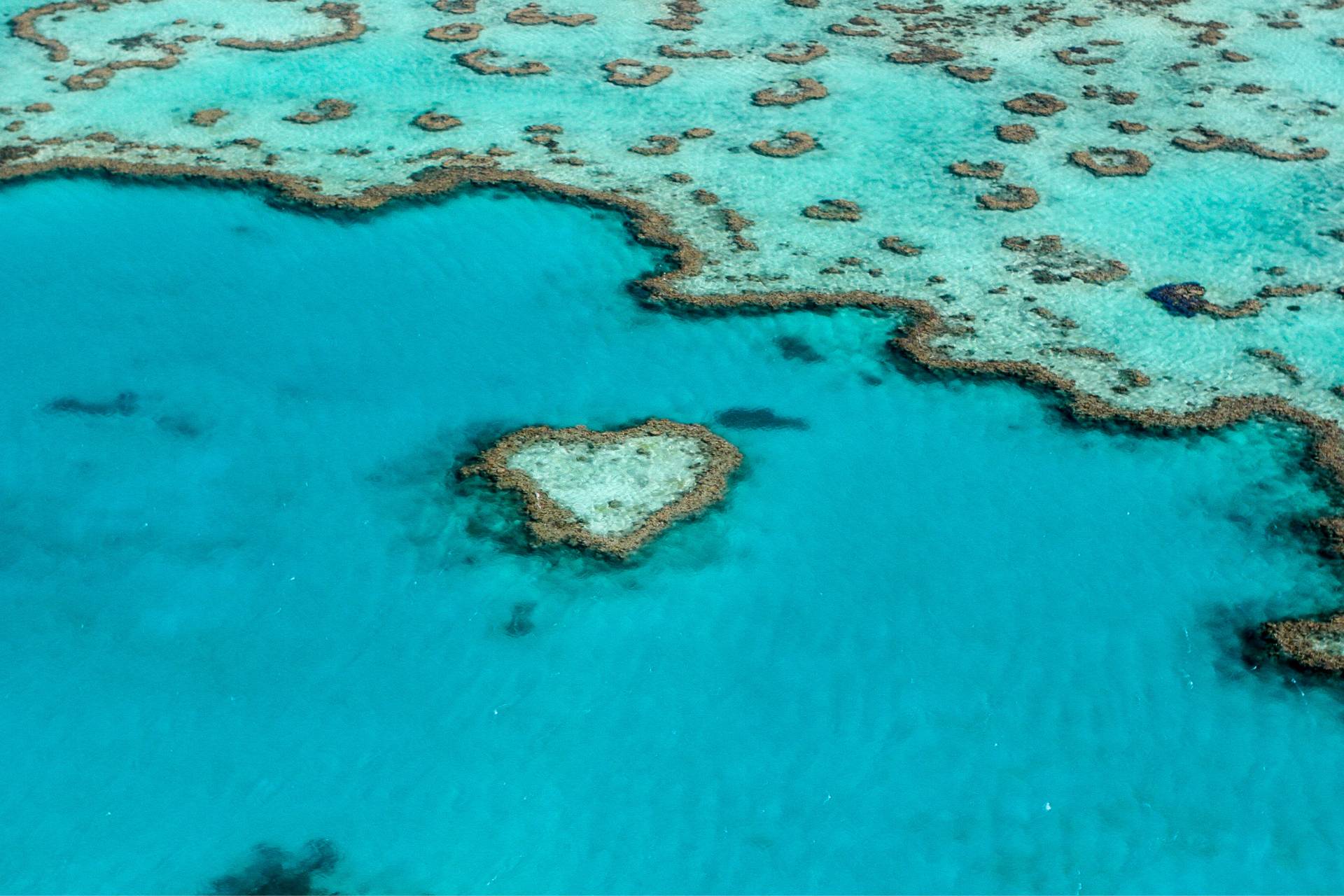Accessible Travel In Japan

Steeped in rich history, magnificent landscapes, and a pulsating culture, Japan has become a top destination for global travelers. Accessible tourism signifies a design for all, encompassing the elderly, people with disabilities, families with young children, and others who might need assistance. The nation’s goal is ensuring that no matter one’s age or physical ability, everyone can travel without a care.
Japan’s Commitment to Accessibility
Japan’s steadfast improvements in accessibility resonate with the “Barrier-Free Act” of 2006. They’ve empowered travelers with resources available both online and in tourist-friendly locations, ensuring explorations remain limitless.
Pioneering Accessibility
One of the most widespread examples of barrier-free design in Japan is tactile paving, known as tenji burokku. These bright yellow tiles with raised ridges and dots help the blind and visually impaired navigate more easily. This ingenious invention by Miyake Seiichi in 1967 has now become a common sight around the world.







